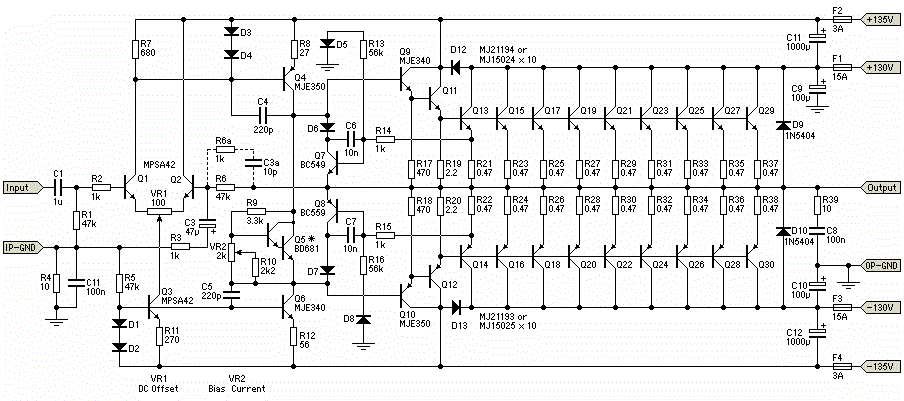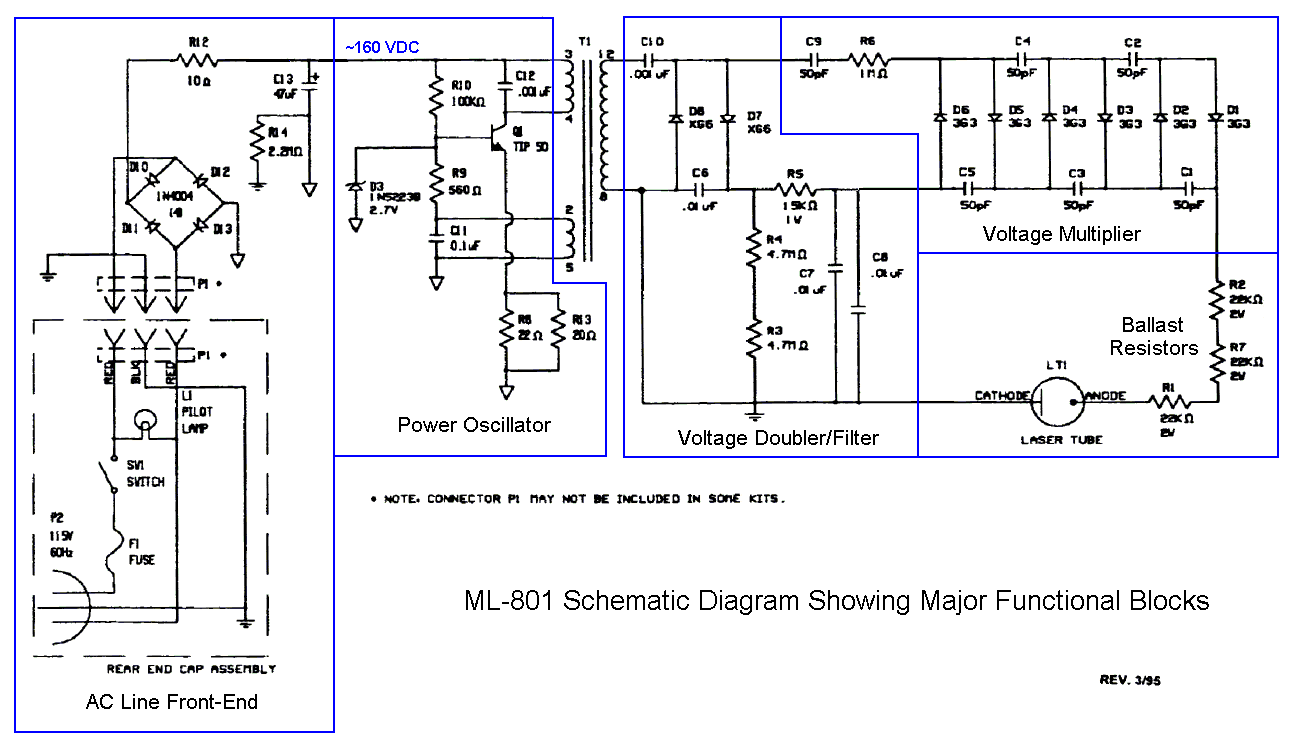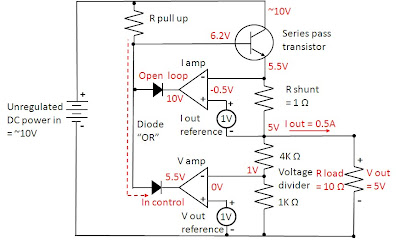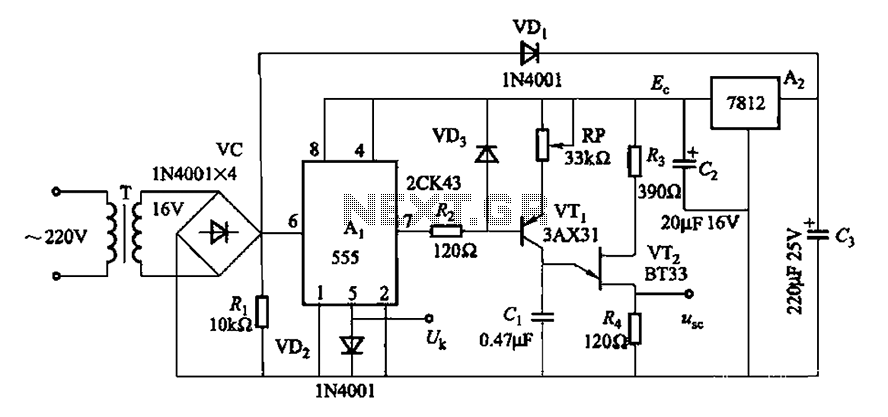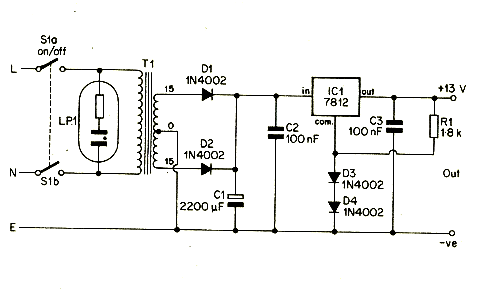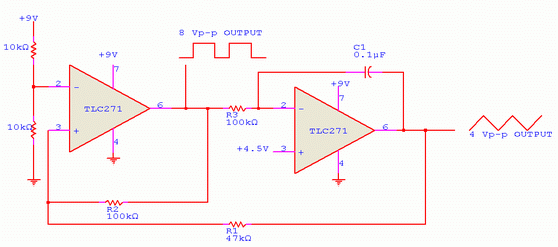
Basic UPS Power Supply
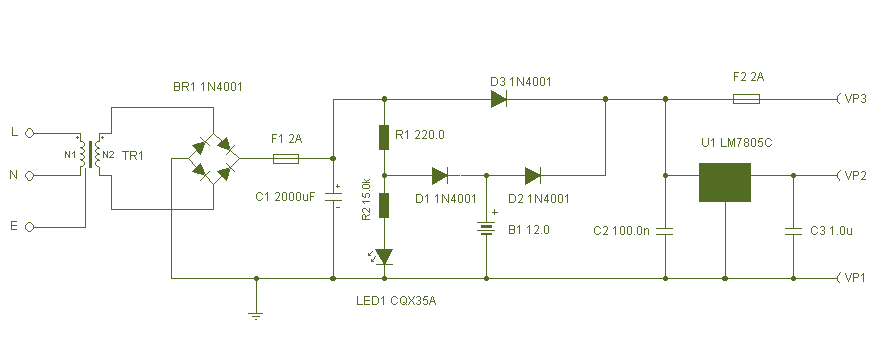
This circuit is a simple form of the commercial UPS, the circuit provides a constant regulated 5 Volt output and an unregulated 12 Volt supply. In the event of electrical supply line failure the battery takes over, with no spikes on the regulated supply.
The described circuit functions as a basic Uninterruptible Power Supply (UPS), designed to provide a stable output for sensitive electronic devices. It features two output voltages: a regulated 5 Volt output suitable for powering microcontrollers, sensors, or other low-voltage devices, and an unregulated 12 Volt supply that can be utilized for higher power applications, such as motors or lighting.
The operation of the UPS circuit hinges on the seamless transition from the main power supply to the backup battery. Under normal conditions, the circuit draws power from the AC mains, converting it to the necessary DC voltages using a transformer and rectifier arrangement. The regulated 5 Volt output is typically achieved through a linear voltage regulator or a switching regulator, which ensures that fluctuations in the input voltage do not affect the output voltage, thus providing a stable power source.
In the event of a power outage, the circuit is designed to automatically switch to the backup battery. This is accomplished using a relay or a similar switching mechanism that detects the loss of mains power. The battery is kept charged during normal operation, ensuring it is ready to supply power when needed. The design includes protection features to prevent voltage spikes from reaching the regulated output, which could potentially damage connected devices.
In summary, this UPS circuit is an effective solution for providing reliable power to electronic devices. It combines both regulated and unregulated outputs, ensuring versatility in application, while also incorporating features that protect against power interruptions and voltage spikes.This circuit is a simple form of the commercial UPS, the circuit provides a constant regulated 5 Volt output and an unregulated 12 Volt supply. In the event of electrical supply line failure the battery takes over, with no spikes on the regulated supply.
🔗 External reference
The described circuit functions as a basic Uninterruptible Power Supply (UPS), designed to provide a stable output for sensitive electronic devices. It features two output voltages: a regulated 5 Volt output suitable for powering microcontrollers, sensors, or other low-voltage devices, and an unregulated 12 Volt supply that can be utilized for higher power applications, such as motors or lighting.
The operation of the UPS circuit hinges on the seamless transition from the main power supply to the backup battery. Under normal conditions, the circuit draws power from the AC mains, converting it to the necessary DC voltages using a transformer and rectifier arrangement. The regulated 5 Volt output is typically achieved through a linear voltage regulator or a switching regulator, which ensures that fluctuations in the input voltage do not affect the output voltage, thus providing a stable power source.
In the event of a power outage, the circuit is designed to automatically switch to the backup battery. This is accomplished using a relay or a similar switching mechanism that detects the loss of mains power. The battery is kept charged during normal operation, ensuring it is ready to supply power when needed. The design includes protection features to prevent voltage spikes from reaching the regulated output, which could potentially damage connected devices.
In summary, this UPS circuit is an effective solution for providing reliable power to electronic devices. It combines both regulated and unregulated outputs, ensuring versatility in application, while also incorporating features that protect against power interruptions and voltage spikes.This circuit is a simple form of the commercial UPS, the circuit provides a constant regulated 5 Volt output and an unregulated 12 Volt supply. In the event of electrical supply line failure the battery takes over, with no spikes on the regulated supply.
🔗 External reference
Warning: include(partials/cookie-banner.php): Failed to open stream: Permission denied in /var/www/html/nextgr/view-circuit.php on line 713
Warning: include(): Failed opening 'partials/cookie-banner.php' for inclusion (include_path='.:/usr/share/php') in /var/www/html/nextgr/view-circuit.php on line 713
